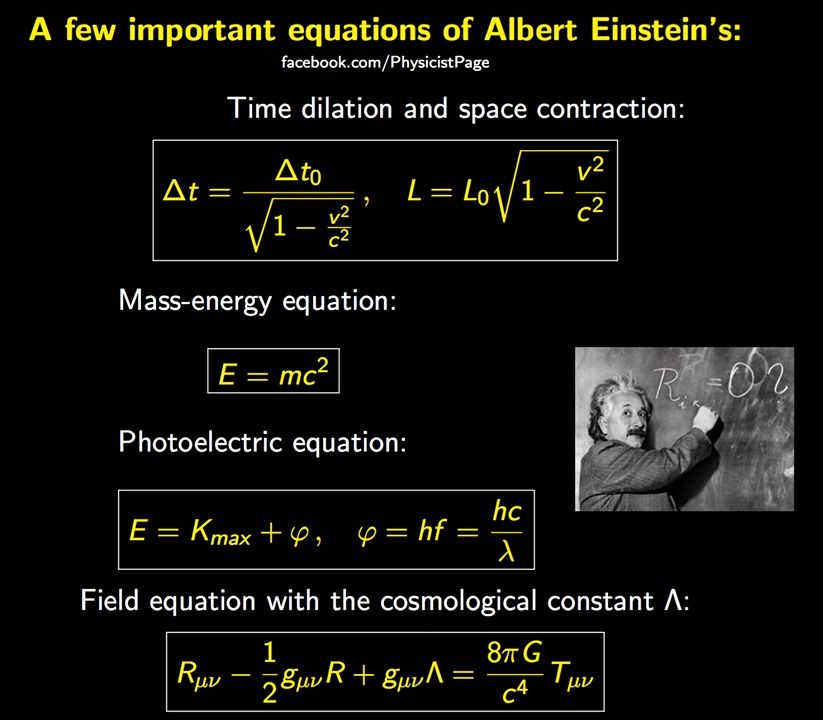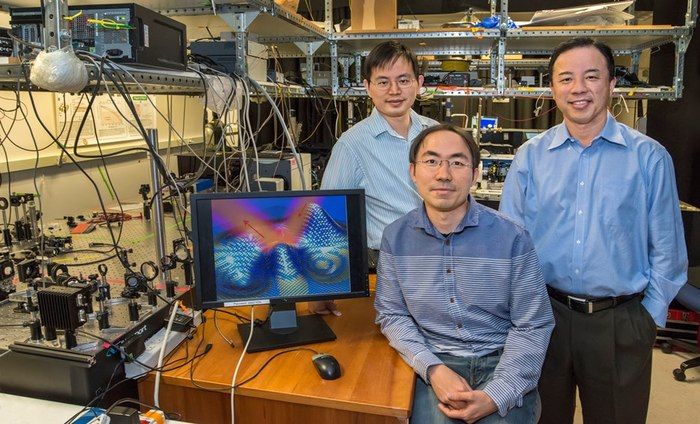Page 11350
Mar 15, 2016
U.S. set to smash solar power records this year
Posted by Shailesh Prasad in categories: solar power, sustainability
The U.S. solar market is expected to grow 120% this year with 16GW of new solar power, more than double the record-breaking 7.3GW installed in 2015.
Mar 15, 2016
Researchers turn carbon dioxide into sustainable concrete
Posted by Shailesh Prasad in categories: materials, sustainability
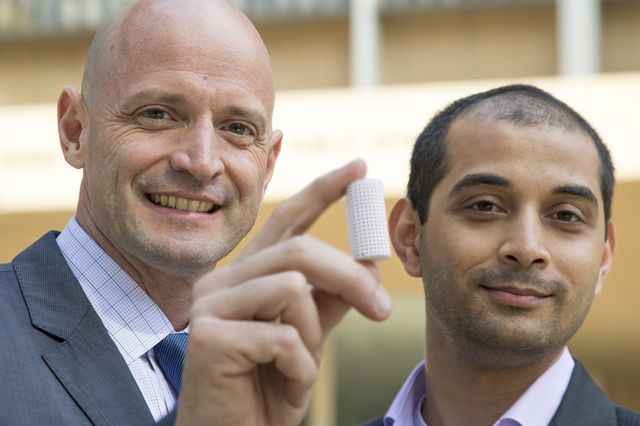
Imagine a world with little or no concrete. Would that even be possible? After all, concrete is everywhere—on our roads, our driveways, in our homes, bridges and buildings. For the past 200 years, it’s been the very foundation of much of our planet.
But the production of cement, which when mixed with water forms the binding agent in concrete, is also one of the biggest contributors to greenhouse gas emissions. In fact, about 5 percent of the planet’s greenhouse gas emissions comes from concrete.
Continue reading “Researchers turn carbon dioxide into sustainable concrete” »
Mar 15, 2016
Physicist Page Photo
Posted by Shailesh Prasad in categories: energy, information science, quantum physics, space
Mar 15, 2016
Plants, Electrified: Scientists Just Grew Conductive Wires Inside Real Roses
Posted by Shailesh Prasad in category: electronics
Mar 15, 2016
The Blockchain Artilect & The Ultimate Question
Posted by Klaus Baldauf in category: bitcoin
Mar 15, 2016
Doggie DNA startup wants to learn about human diseases from dog drool
Posted by Klaus Baldauf in categories: biotech/medical, genetics, health
Finally there’s a use for dog drool: this spring, a new startup called Embark plans to launch a DNA testing kit for dogs that will tell owners about their canine’s ancestry, and disease risk. That’s not all the founders have in mind though; they may be aiming at human diseases by enlisting our longtime best friends.
Soon, interested pooch lovers will be able to swab their dogs’ slimy cheeks and mail in the sample. By extracting DNA from the swab, Embark’s founder says they’ll be able to trace a dog’s ancestry on a global level. The “Embark Dog DNA Test Kit” will also look for genetic variants that are associated with more than 100 diseases, and inform owners if their dog has a higher than average chance of developing one of them. The kit will also tell owners if their dog is likely to pass disease-associated mutations to a pup — which will likely be valuable information for breeders. Because of this, Embark’s founders say their product will be the most complete kit of its kind. At least, that’s the idea that Embark’s founders will be pitching today at SXSW.
For the company’s founders, the real objective will be the research they’ll be able to conduct with the DNA samples; that became clear when I spoke to two of Embark’s founders on the phone last week. They spent the first 10 minutes of the call talking about the potential of dog genetics to deliver advancements in human health. In fact, they were so enthusiastic about their future research that I had to interrupt them to steer the conversation back to the product we were supposed to discuss.
Continue reading “Doggie DNA startup wants to learn about human diseases from dog drool” »
Mar 15, 2016
Meet the electric life forms that live on pure energy
Posted by Klaus Baldauf in categories: energy, food
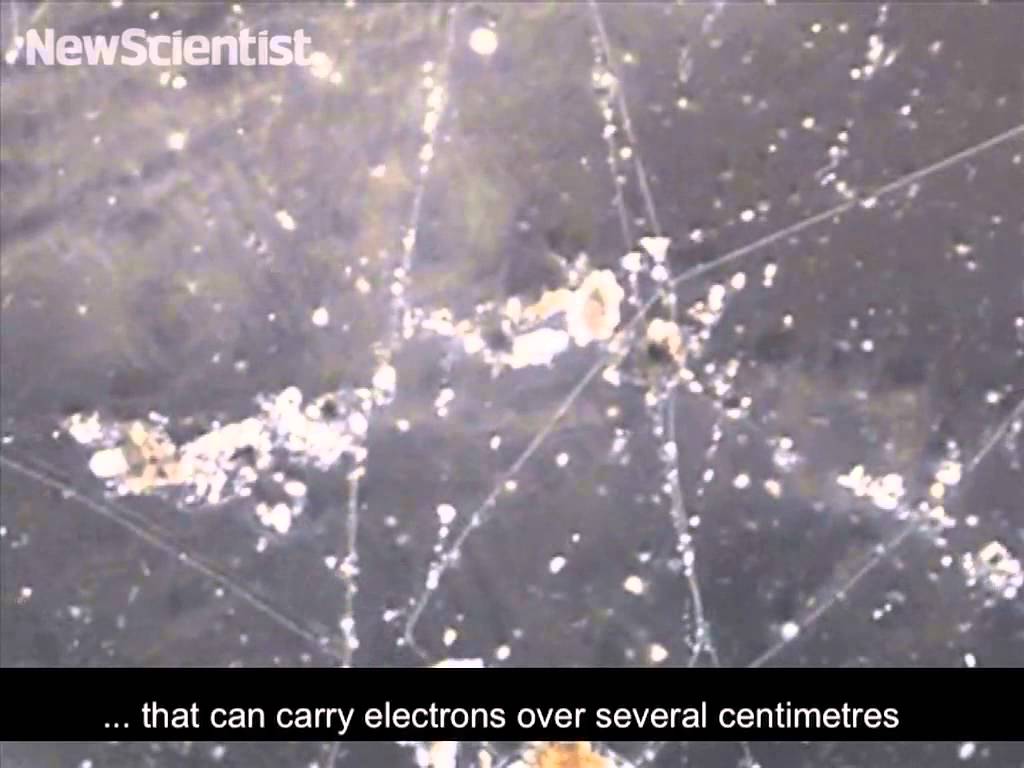
Unlike any other life on Earth, these extraordinary bacteria use energy in its purest form – they eat and breathe electrons – and they are everywhere.

Continue reading “Meet the electric life forms that live on pure energy” »
Mar 14, 2016
Meta-Materials Bring Us Another Step Closer to an Invisibility Cloak
Posted by Karen Hurst in categories: computing, materials, quantum physics, security, transportation
Next to Quantum and Biocomputing, this is one of my favorites. Cloak material to avoid radar. Unfortunatley, we cannot have access to the material for our autos; but it would be nice to have on my car sometimes when I am running late and having to drive quickly somewhere.
Two separate teams of engineers, both conducting research into meta-materials (composites not found in nature) with the intent of developing a flexible, stretchable and tunable meta-skin, are sharing their discoveries with the world. Although the two developments revolve around the same premise—manipulating electromagnetic waves so that the surface that banquets an object becomes invisible—a few exciting differences between the teams’ approaches sets their research apart.
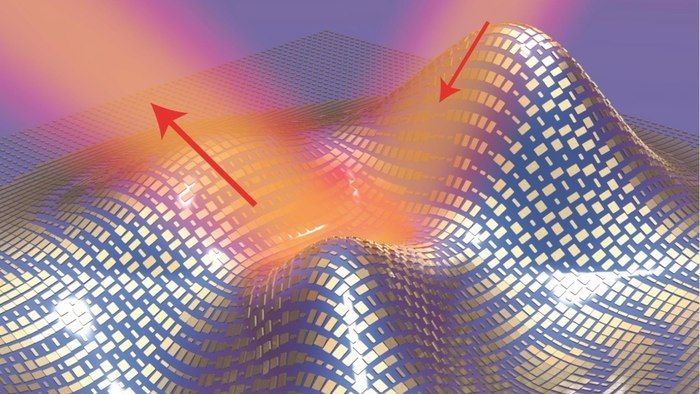
Continue reading “Meta-Materials Bring Us Another Step Closer to an Invisibility Cloak” »


